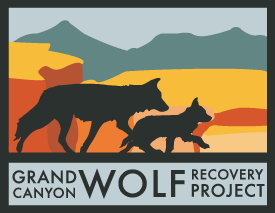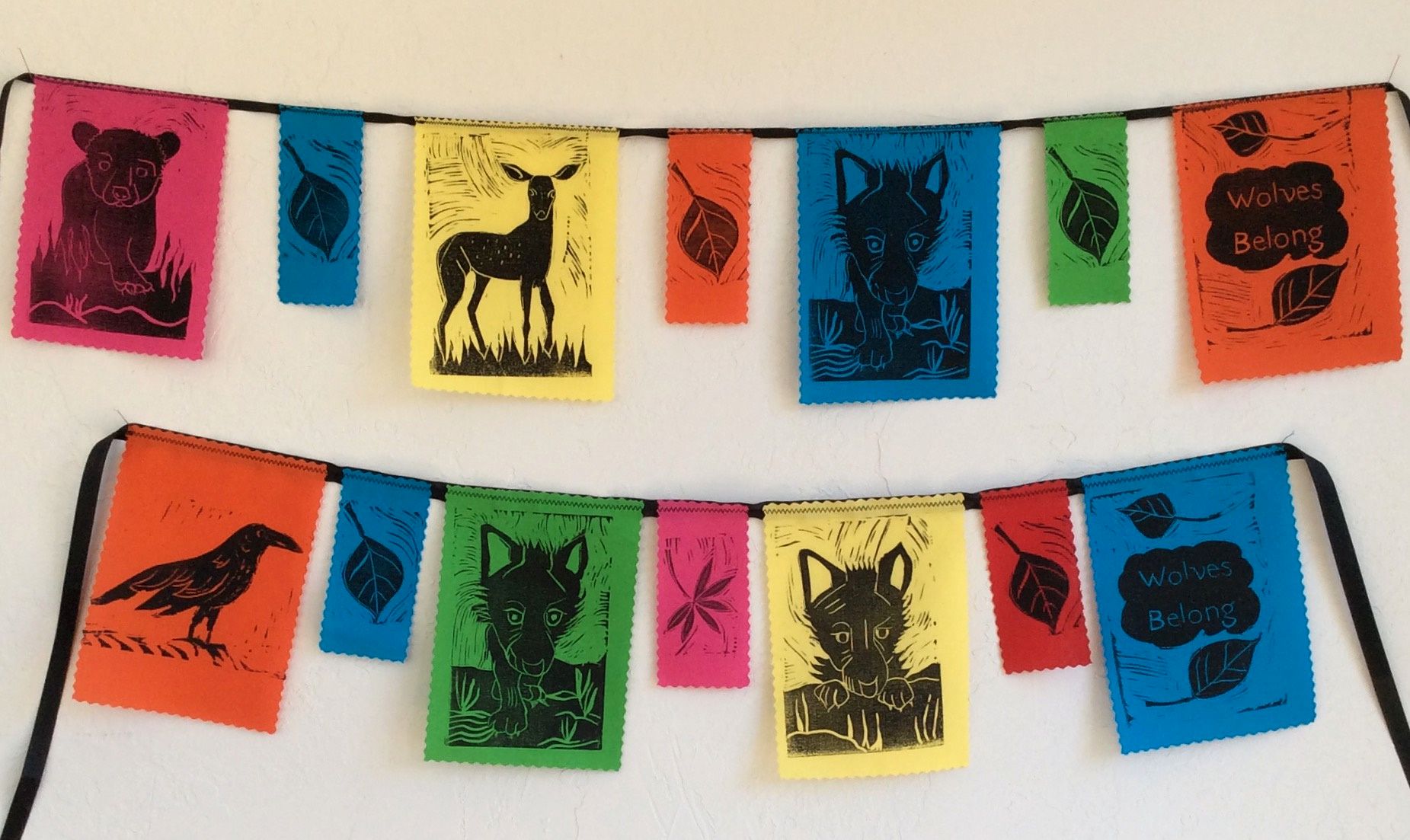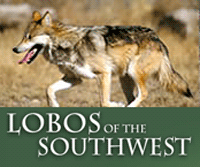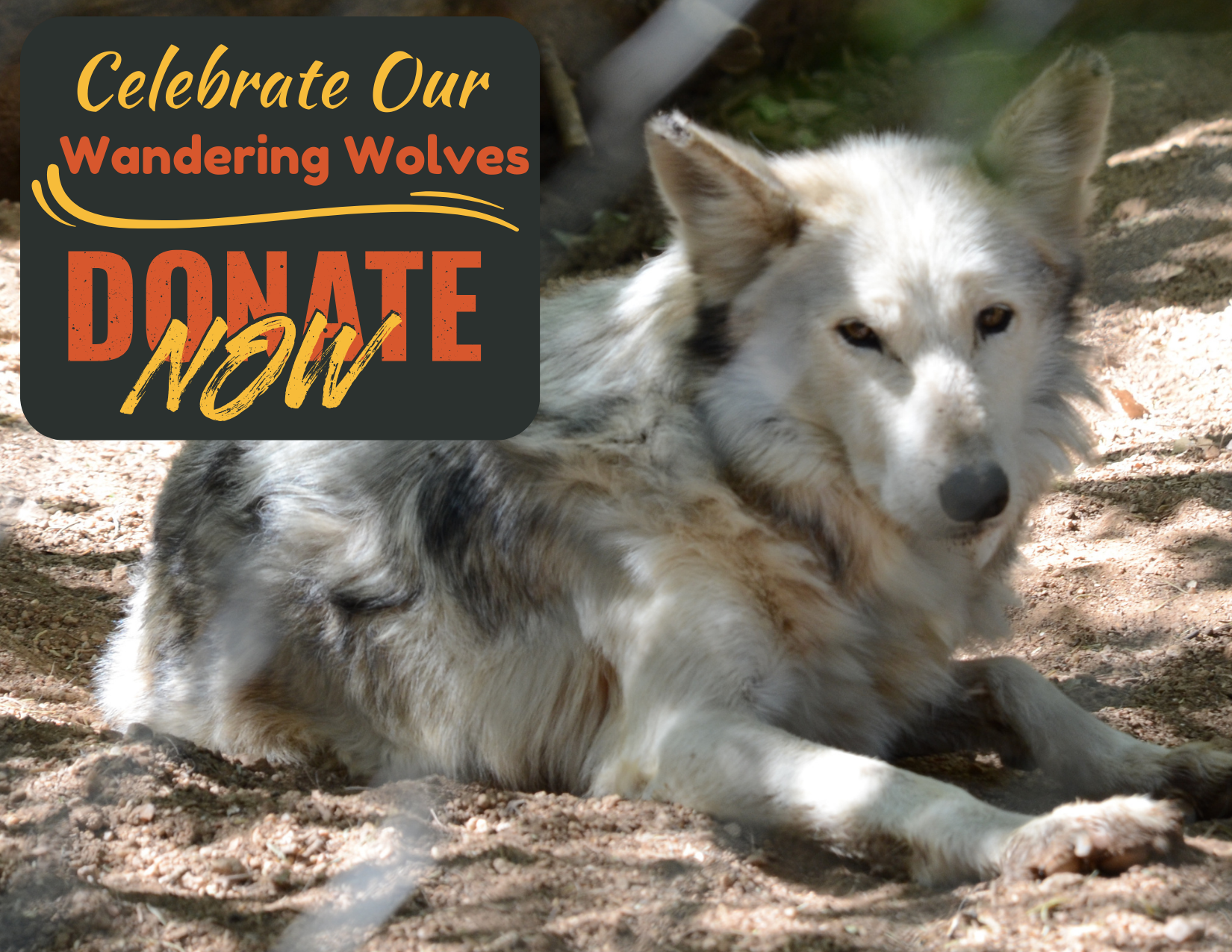Arizona Daily Sun (Original) Editorial Posted Februrary 26, 2016
There are animals that stir up strong emotions among nature lovers everywhere.
And then there are wolves, which push those passions off the charts. To some, they are the scourge of the settled West and the bane of sportsmen. To others, they are the pinnacle predator that will return balance to a disrupted food chain. There seems to be no middle ground.
At the risk of getting squeezed from both sides, we'll try below to occupy that ground.
The immediate reason to engage the issue is a preliminary map showing new Mexican gray wolf release sites in Navajo County just east of the Coconino County line above the Mogollon Rim. But wolf reintroduction has been a hot-button issue in Arizona for nearly a decade, so there aren't too many new points to make.
Our position has been and remains to take a go-slow approach to reintroduction that balances sustainable pack numbers with minimal levels of cattle predation. Short of killing wolves that prey on cattle, project managers should do everything possible to protect livestock, including relocation, stun guns and other aversion tactics. Ranchers who lose cattle to wolves should be remimbursed with as little red tape as possible.
On the other hand, state officials who oppose the federal project need to lower the volume on the fear-mongering. It's bad enough that wolves stir up outsized passions among the unschooled; those in leadership positions have a duty to ground the discussion in reality.
We'd add that more public education is essential. The expansion of the wolf release zone to most of Arizona and New Mexico between I-40 and I-10 has the potential to draw millions more people into the reintroduction debate. They deserve to be heard, but democracy doesn't work if their voices are ill-informed.
Speaking only for those likely to be reading this in greater Flagstaff and Coconino County, here are some questions for consideration:
— How many wolves are likely to migrate north and west from release sites in Navajo County into Coconino?
—What is likely to be their main source of food and where in the county will they get it?
—How will wolves affect game animals, such as elk and deer, and where?
—How likely are humans to encounter them on roadways? Forest trails? Ranches? Subdivisions? Which locations are most likely and what should people do if this occurs?
—What is the threat to pets from wolves? To children?
The list above is only a start. But if Fish and Wildlife officials intend to release a new top predator into the ecosystem, everyone is entitled to know what to expect under a variety of conditions and circumstances. We're waiting for details of that education plan from USF&WS.





